Secrets of Translation
How to translate websites?
Did you know that translating websites can be the key to global success? A multilingual website can open doors to new markets, customers and business opportunities. However, translating websites is not just about translating words from one language into another. It’s also a complex technical process that requires many factors to be considered to ensure excellent quality, performance and functionality. Learn about some of the key technical aspects involved in website translation.
Important points about translating websites:
- Website structure: When translating a page, it is important to maintain the integrity of the site structure. This means that both content and layout should be properly aligned so that the translated version of the site is consistent and functional.
- Dynamic content: many modern websites contain dynamic content generated through scripts and interactive elements. Interpreting such elements may require in-depth knowledge of programming and web technologies.
- Text formatting: Different languages may have different word lengths and sentence structures, which may affect the appearance and formatting of text on the site. CSS styles and layout may need to be adjusted to maintain aesthetics and readability.
- Support for special characters: Different languages use different special characters that can affect the encoding and display of text. Correct handling of these characters is key to maintaining the integrity of the translated content.
- Multilingual URLs: If a website is to be multilingual, it is important to handle the URLs for the different language versions correctly. This helps with indexing by search engines and maintaining link consistency.
- Optimisation for SEO: The translation of websites has an impact on positioning in search results in different languages. This requires adaptation of the SEO strategy, including the use of appropriate keywords for each language version.
- Content management: For websites with frequently updated content, it is necessary to develop content management processes to translate new information efficiently and consistently.
- Testing and verification: Once the site has been translated, thorough testing is necessary to ensure that all elements work correctly and that the content is consistent and readable.
Copying text into Word and other tools
Here’s how to go about translating various content from the website:
- Copying content: If you want to translate content from a website, the first step is to copy the text you want to translate. Select the text with the mouse or use the keyboard shortcut “Ctrl + C” (or “Cmd + C” on a Mac) and copy it to the clipboard.
- Transfer to a translation tool: You can then open a word processing programme such as Microsoft Word, Google Docs or other translation tools. Paste the copied text using the shortcut “Ctrl + V” (or “Cmd + V” on a Mac).
- Translation: You can now proceed to translate the text. You can translate manually, using your linguistic knowledge, or use translation tools such as CAT (Computer-Assisted Translation Tool).
- Editing and corrections: Once a translation has been obtained, it is always a good idea to carry out editing and revisions to ensure consistency, grammatical correctness and proper sentence structure.
- Formatting: If the content contains formatting elements, such as headings, lists or italics, make sure you keep the correct formatting in the translation.
- Saving the translation: Once you have completed the translation, you can save the translated text in a format that suits you. If you are using a word processing programme, simply save the document. If you use online tools, you can often generate a downloadable text file.
In translating websites from the technical side, it is crucial to combine linguistic knowledge with programming and technical skills. This requires collaboration between teams of translators, programmers, designers and SEO specialists. The ultimate goal is to create a multilingual site that maintains its functionality, aesthetics and effectiveness in every language in which it is available. Remember that translating content from websites is not just about translating words, but also taking care to preserve meaning, context and appropriate style. If you have a translation problem, contact us! Our skilled team of linguists can handle the sentence with ease. See also our other posts on how to translate handwritten notes, PDFs, xlsx, pptx and html files.
Check our social media: Facebook / LinkedIn
If you want to read previous articles, click here!



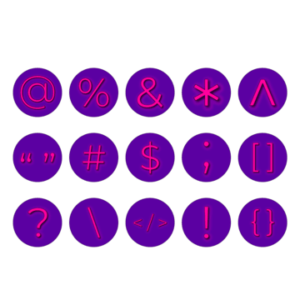


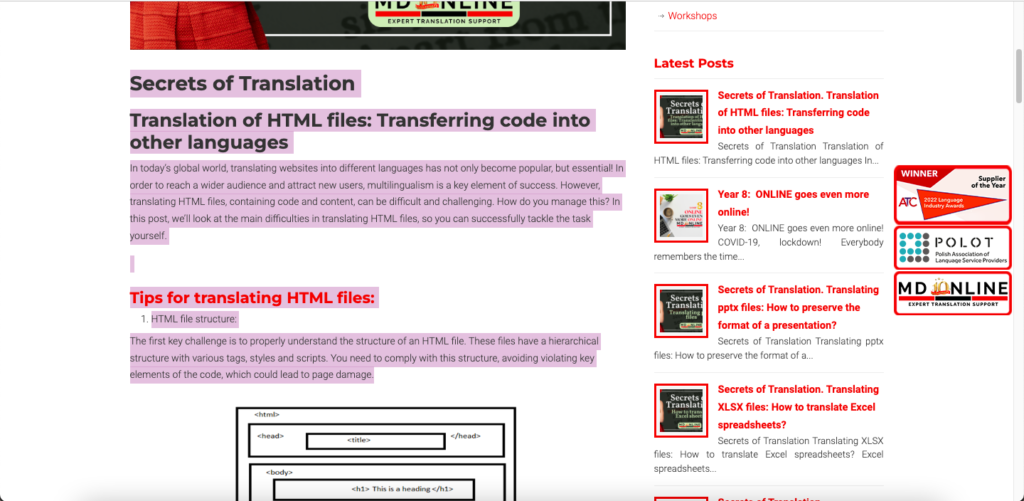
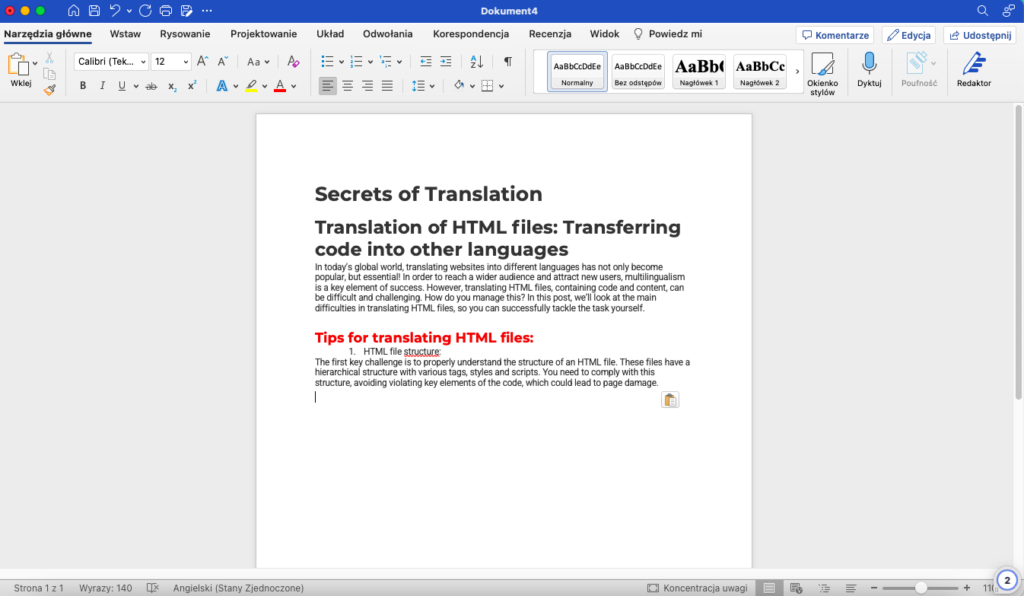
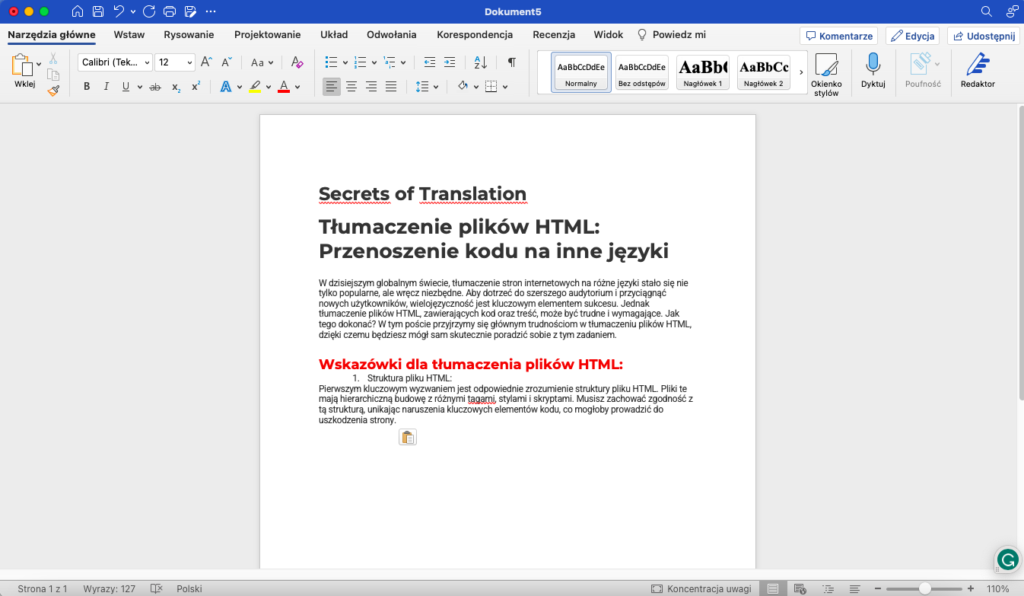

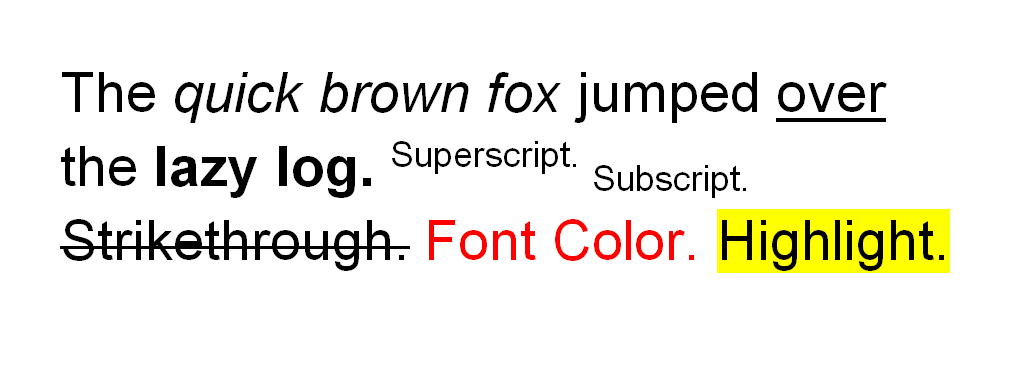
Leave a Reply